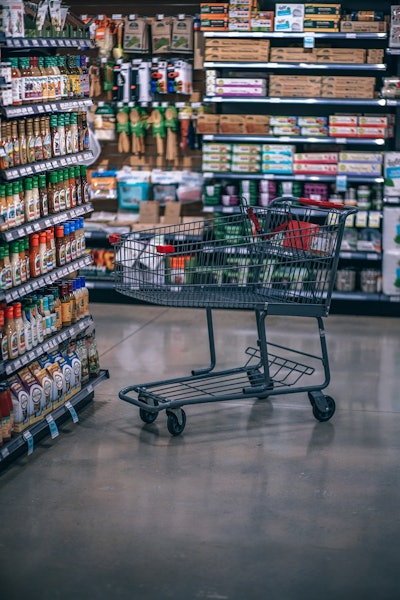
The food packaging industry is notoriously competitive, resulting in a constant state of evolution. To stay ahead of the game, companies must be quick to adopt new trends. To achieve top dog status, businesses need to stay informed on the hottest new trends in the market. Here are some of the industry’s most poignant trends and strategies:
1. Digital Printing and Customization
Customization is an effective way to highlight a brand and improve the unboxing experience. Thanks to digital printing, packaging customization is made easier. Online platforms enable entire concepts to be designed on the computer and then immediately sent to print. This process allows businesses to have complete control over the look of their brand and packaging. Many companies are using this option to create a personal connection with their customers. From printing names and faces to putting sports teams on packaging, an increasing number of businesses are tapping into the convenience of digital printing to help strengthen customer relations and engagement. When it comes to customizing packaging, the solutions are bountiful. The key to developing the right ones depend only on one’s imagination.
2. Sustainability
Modern consumers’ concerns over the environment have greatly impacted the packaging industry. Shoppers now want sustainable packaging that won’t further harm the planet. Companies are adapting to this growing need by using sustainable materials in their packaging and printing products. A vast number of businesses are even advertising their usage of Earth-friendly solutions on their own packaging as a way to communicate their own concerns and show customers they are doing their part to help.
3. Packaging with E-commerce in Mind
Grocery store shopping used to be the norm, but more and more consumers are now going online for their grocery needs. The online food market is growing, and companies are taking notice. To satisfy this developing trend, brands are being applied to both store and online packaging, with the latter shipping in smaller packaging that resembles the one found in the actual store. This reassures customers that they will receive the same product regardless of how they purchase it.
4. Long-life Packaging
The global marketplace has opened the door to worldwide shopping. With this convenience comes the need to maintain product freshness as it travels long distances. Businesses are responding to this challenge by using new materials and techniques that keep items fresh. With the right shipping container, food can avoid spoilage and arrive at its destination in peak shape, thus preventing a negative unboxing experience that could hurt a company’s bottom line.
This trend is only relevant for long distance travel, so companies shipping to customers in their own city or state don’t necessarily need to follow suit. However, it’s always important to consider travel distances and know how long a food product will stay fresh before implementing any type of strategy.
5. Packaging for City Dwellers
Food brands are being developed to respond to the needs of city dwellers. Big city living often comes with space issues that influence the way people shop. As a solution, businesses are creating lightweight, compact packaging that can easily fit in the cramped apartments or small condos associated with an urban lifestyle. This type of packaging allows people to buy more items without having to worry about storage. Companies can offer this packaging option to all customers, or segment their audience for a more targeted approach, sending smaller packaging to people who live in urban districts and larger packaging to those in rural areas.
Staying on Top of the Trends
New trends emerge on a regular basis, so it’s important to stay on top of them all. Today’s consumers are savvy; they expect brands to adapt to new developments. Failure to follow emerging trends could have some devastating consequences for a company’s brand. With so much on the line, it simply isn’t worth it. With the right information, it’s easy to implement a few changes that can ultimately satisfy clients and give them the experience they so desperately crave.

















